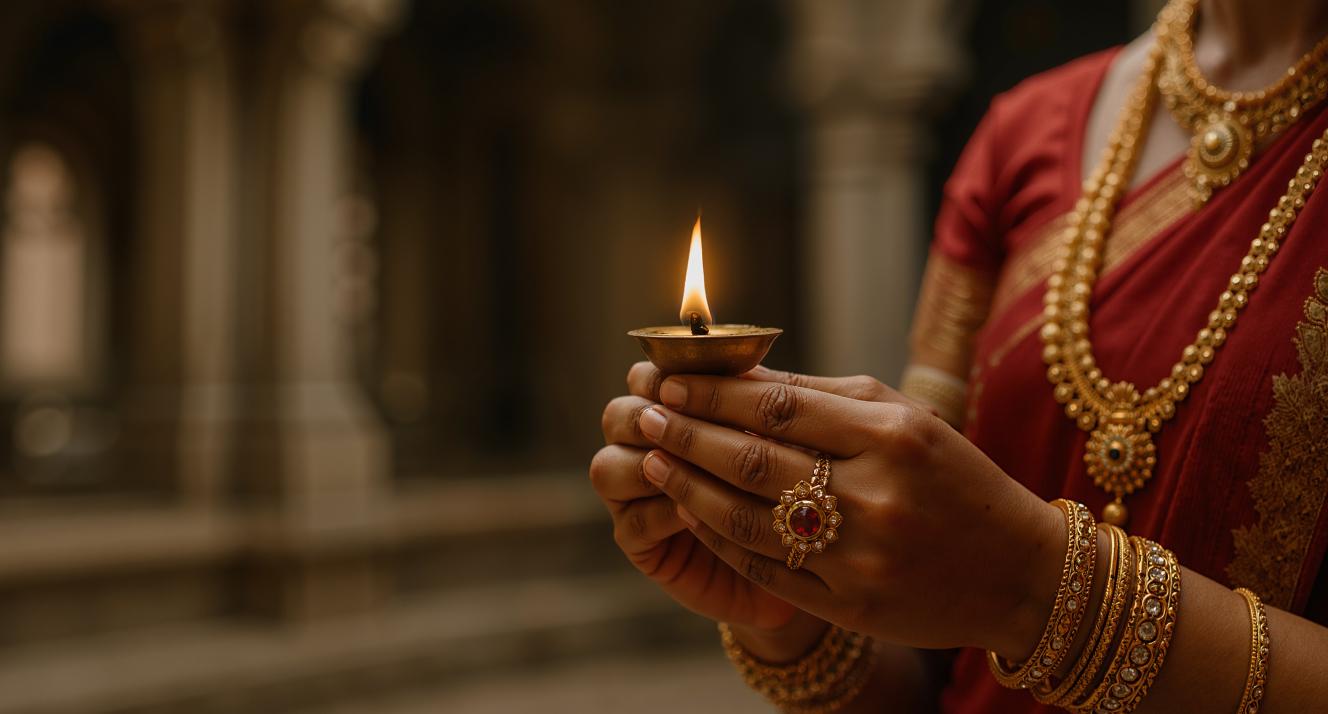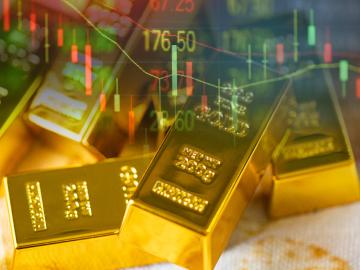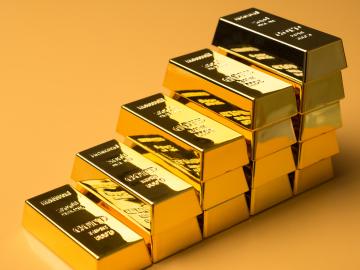
How Diwali Influences Global Gold Demand
Diwali, known as the Festival of Lights, is one of the most important celebrations for Hindus across the globe.
Marking the victory of light over darkness and good over evil, the five-day festival is steeped in tradition, family gatherings, and religious rituals. It’s also a time of prosperity, when purchasing gold is considered highly auspicious. Whether as jewellery, coins, or bars, gold plays a central role in Diwali customs — symbolising wealth, security, and blessings for the year ahead.
This cultural significance has a measurable effect on global gold markets. India is one of the world’s largest consumers of gold, and every year Diwali sparks a sharp uptick in buying activity. But its impact isn’t confined to India alone.
With gold being a globally traded commodity, the seasonal demand surge echoes across international markets, influencing prices, logistics, and investment sentiment.
Cultural foundations
Gold's enduring popularity during Diwali stems from its cultural significance as a symbol of prosperity, purity, and divine blessing.
As American Standard Gold explains, the metal is deeply tied to rituals honouring Lakshmi, the goddess of wealth, and remains one of the most auspicious purchases during Diwali. In India and China, gold transcends investment; it’s woven into the fabric of identity, celebrations, and generational wealth.
Seasonal trends and Diwali’s impact on prices and market behaviour
Historical data shows a strong seasonal pattern. Between Diwali and March, gold prices have surged in 15 of the past 24 years, with post-Diwali gains ranging from 6% to 31%. For 2025, this trend is especially potent. Although first-half demand in India fell to a five-year low due to record-high prices, forecast at 600 to 700 tonnes, expectations are building for revival heading into the festive period.
Gold prices don’t always necessarily spike before Diwali because the festive buying is expected and priced in early. The real jump often comes afterward, when jewellers place large restocking orders for India’s wedding season, overlapping with global holiday and Chinese New Year demand.
These concentrated purchases, combined with year-end investors moving into gold as a safe haven, typically push prices higher from Diwali through early spring.
Recent industry data reinforces the narrative; gold has delivered a 28% return year-to-date in U.S. dollar terms, prompting a renewed pickup as the festival season nears.
Economic conditions reset demand dynamics
After a subdued first half, the market is poised for a resurgence. Analysts predict domestic gold prices in India could drop by 5–10% in the second half of 2025, buoyed by seasonal demand, a weaker dollar, and expectations of U.S. rate cuts. However, fresh U.S. tariffs of 50% on Indian goods add another layer of uncertainty, which could influence investor sentiment and price movements.
Additionally, unprecedented rains in western Maharashtra have spoiled much of the Kharif crop, straining rural incomes. This is expected to dampen physical demand for gold, even as the festive season approaches. For many households, gold purchases are closely tied to agricultural earnings, and weaker farm output may limit discretionary spending despite cultural traditions.
At the India International Jewellery Show, both large retailers and independent stores report strong restocking activity ahead of Diwali.
Yet, high domestic gold prices, now hovering near record levels, still weigh on appetite. In Mumbai, residents are shifting to lightweight jewellery or exchanging old pieces rather than buying new, bulkier designs. Discounts on making charges are becoming common to coax cautious buyers during the wedding and Diwali seasons.
Jewellery demand vs. investment demand
Across India and China, jewellery demand continues to overshadow investment demand. As Gold Bullion Partners outlines, the emotional and cultural weight of gold jewellery, worn during weddings and passed across generations, ensures sustained demand, especially during Diwali.
Even amid challenging price environments, small ornaments, coins, and lighter pieces remain in demand as cost-effective tokens of tradition.
Market rebalance of imports, discounts, and the second-hand surge
Record prices earlier this year (up 28% year-to-date) pushed some consumers to sell old gold rather than buy new.
This trend, reported by Reuters, led to a deluge of second-hand jewellery entering Asian markets. Meanwhile, import-dependent markets like India responded with wider discounting to rejuvenate demand.
Festive season demand and global opportunities
As the second half of 2025 unfolds, Diwali is expected to spark renewed gold demand:
- Retail Jewellery – Demand is returning with lighter, affordable pieces leading the way.
- Investment-Grade – Digital and ETF gold products are gaining traction, especially among younger consumers.
- Global Supply Chains – Increased Asian buying could shape global bullion flows in Q4.
This year, insights from Reuters suggest Indian dealers have shifted from $6-per-ounce discounts to modest premiums as optimism rebuilds, though retail buying remains around 60% of normal levels. The World Gold Council signals a seasonal revival in jewellery demand aligning with festivals and weddings from August through year-end.
Diwali continues to cast a global shadow over the gold market. In 2025, despite earlier price barriers, we’re seeing a clear shift toward recovery and cultural consumption.
Buyers are responding to price corrections, softer dollar conditions, and renewed retail strategies. And while investment demand plays a role, it is ultimately the cultural heartbeat of India and China, the festive traditions, jewellery symbolism, and gift-giving, that drive gold demand during Diwali.
Secure, seasonal supply chains
At Ava, we help clients move high-value cargo like gold securely, efficiently, and with full compliance. If you’re preparing for seasonal peaks such as Diwali, our expertise ensures your supply chain stays on track.
Ava is your trusted guide through the shifting precious metals market. We cover six continents, with regional offices in major cities across the globe. Get in touch with your local expert to learn why Ava is the home of secure global logistics.





